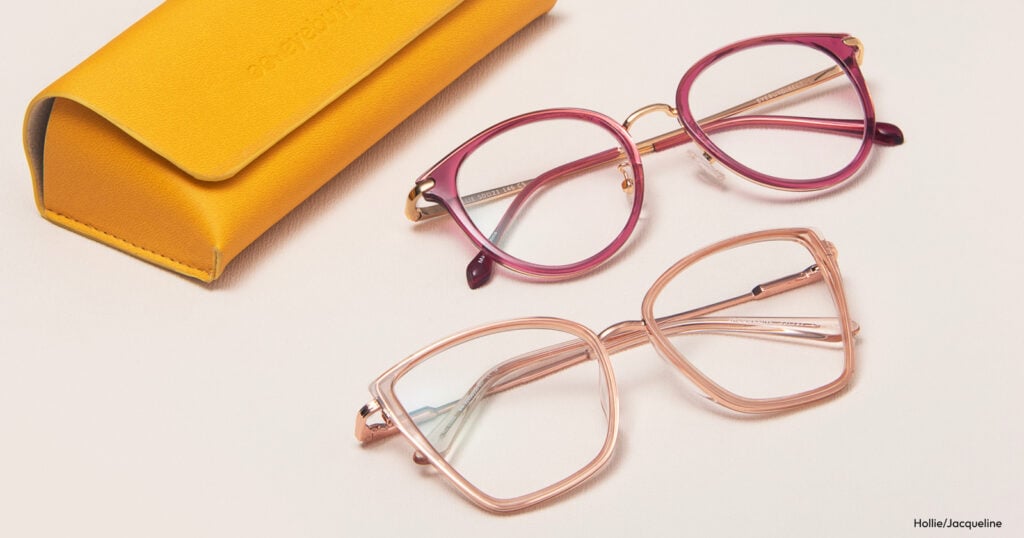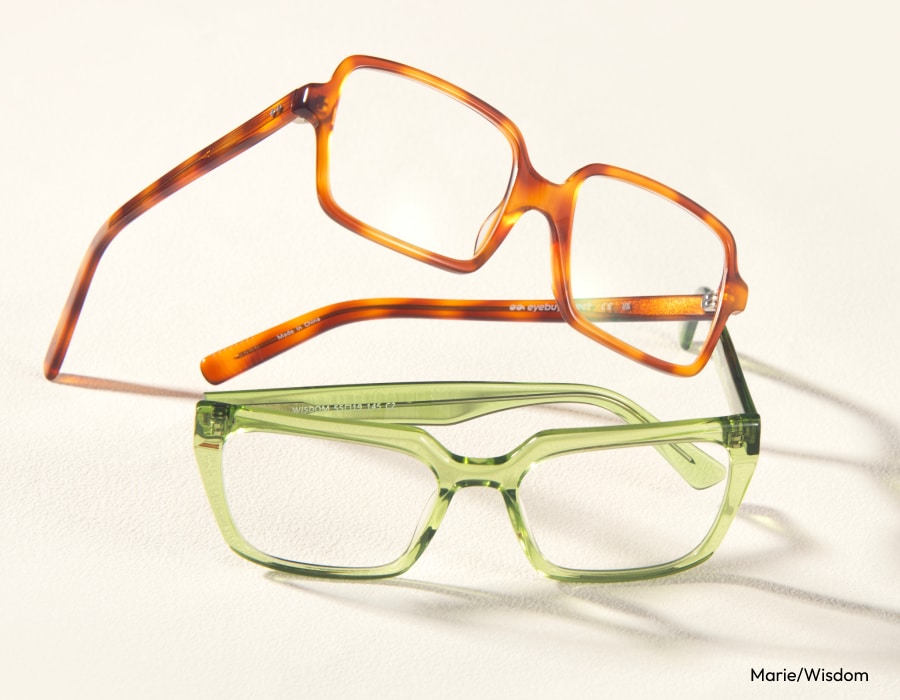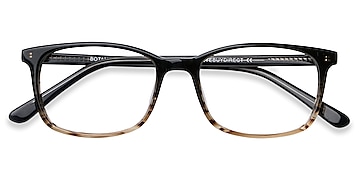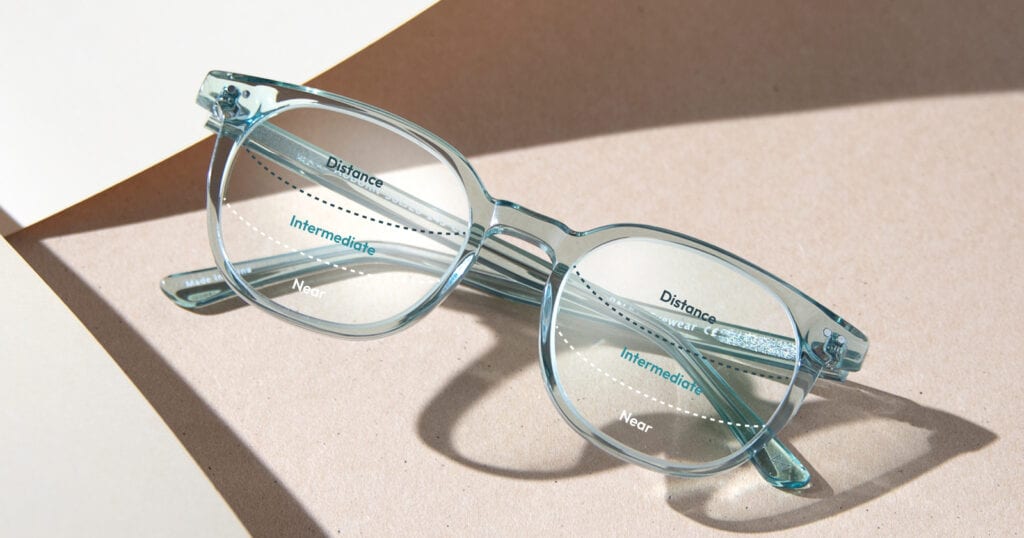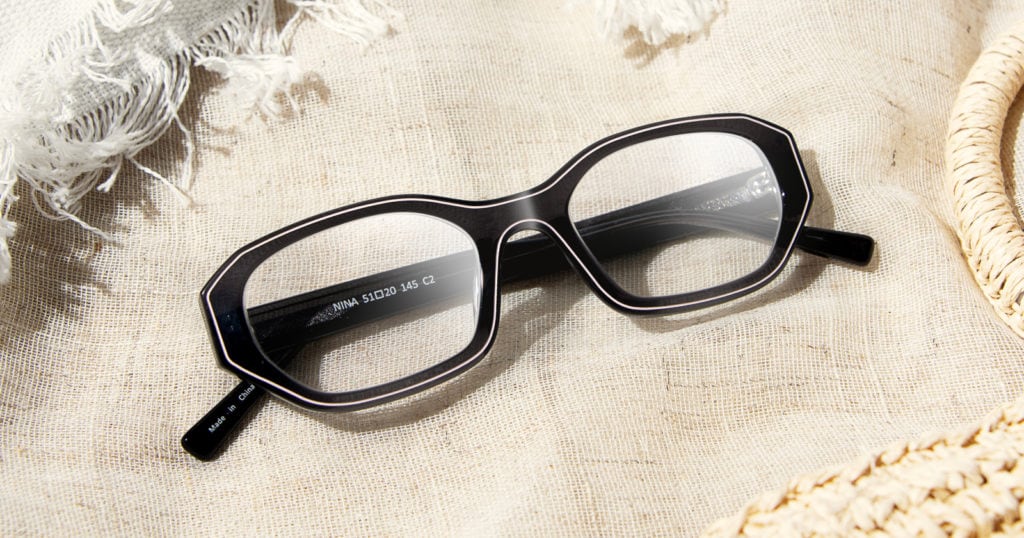Reviewed by Sonia Kelley, OD, MS on 12/2/2024
What Are Aspheric Lenses?
Aspheric optical lenses are flatter than regular eyeglass lenses. They have less curvature than traditional spherical eyeglass lenses. Aspherical lenses also have a slim and they provide optimal visual clarity and other benefits.
The word “aspheric” refers to something that is not spherical in nature. In other words, an aspheric lens is flatter, has less curvature doesn’t bulge the same way a spherical (rounded) lens does. Aspheric lenses help correct spherical aberrations (errors), so images appear sharper and less blurry.
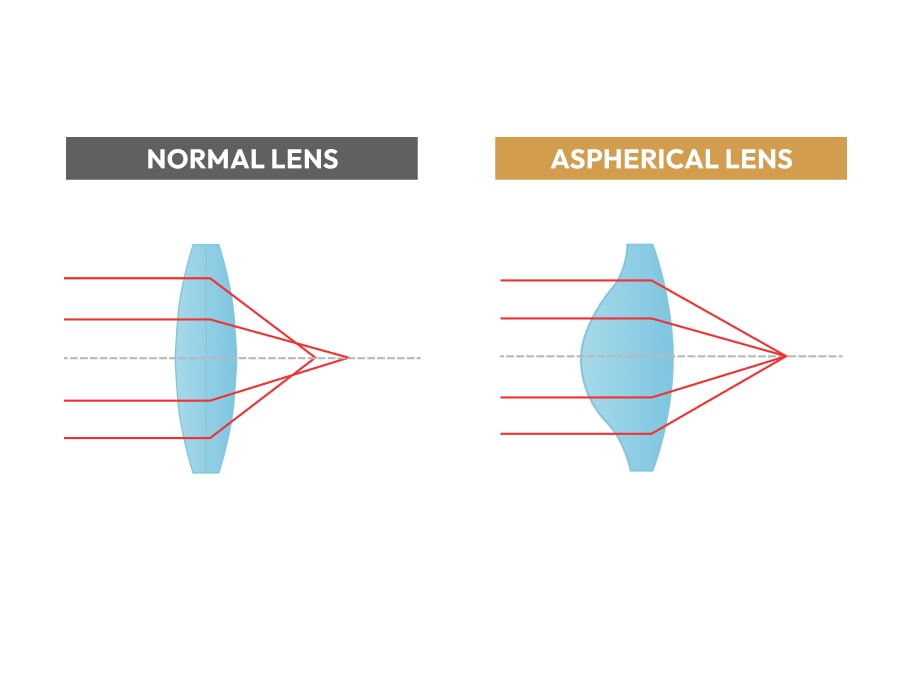
Spheric vs. Aspheric Lenses for Your Eyeglasses
Spheric lenses are the standard for eyeglass lenses. Their lens design and thickness depend on your prescription. If you’re farsighted, you’ll be prescribed convex lenses, which are thicker in the middle and thinner on the edges. If you’re nearsighted, you’ll be prescribed concave lenses, which are thicker on the edges and thinner in the middle.
If you have a strong farsightedness prescription, you may need extra-thick eyeglass lenses to correct your vision. Sometimes, these thick convex lenses can create a Coke bottle effect that makes your eyes appear much more magnified than they are. But with an aspherical lens design, this thickness is reduced so that you won’t have as much of a bulging effect.
Concave lenses (prescribed for nearsightedness) don’t have the same center-bulging effect. But lens thickness at the edges can still be an issue for strong prescriptions, so aspheric lenses can benefit nearsighted individuals as well.
Both spherical and aspherical lenses have their own advantages and disadvantages. Aspherical lenses can correct unwanted thickness. But they tend to be more expensive because they take more time to produce than standard spherical lenses.
Who Might Need an Aspherical Lens?
Prescription aspheric optical lenses can correct nearsightedness, farsightedness, and astigmatism. The lenses can be made for single-vision glasses, bifocals, trifocals, or progressives.
Farsighted people who need stronger prescription lenses might find them the most beneficial. High-power prescriptions, typically +4.00 diopters or greater, require thicker, heavier conventional lenses. The difference between conventional and aspheric lenses will be most obvious with higher-power convex lenses.
Benefits of Aspheric Lenses
Aspheric lenses provide the wearer with numerous benefits, in both a fashionable and functional sense. The reduced thickness means the lenses can be fitted to more frames, so you don’t have to sacrifice your preferred fit or style of eyeglasses.
The lenses themselves provide several advantages for optical performance, including:
- More comfortable and lightweight
- Reduced blur
- Thinner profile than traditional lenses
- Higher-quality images
- More frame design options
- Natural-looking and less magnified appearance
- Enhanced peripheral vision
Compared to traditional lenses, the wearer can typically expect better performance and comfort. They can also achieve a sleeker profile with aspheric lenses. Since the lenses are also slimmer and less curved than standard lenses, those with strong vision prescriptions don’t have to worry about a Coke bottle appearance.
Frequently Asked Questions About Aspheric Optical Lenses
What Vision Problems Do Aspheric Lenses Correct?
Prescription aspheric optical lenses can correct nearsightedness, farsightedness, and astigmatism. The lenses can be made for single-vision lenses, bifocals, trifocals, and progressives.
How Much Do Aspheric Lenses Cost?
Aspheric lenses are more expensive than standard lenses. This is because they require greater accuracy during production, which takes longer than traditional lenses.
Overall cost depends on your frames, extra lens features, and other variables. You may be able to use vision insurance to help cover the cost of your new glasses. Speak with your eye doctor or optician for additional information.
Are Aspheric Lenses Comfortable?
Many people find aspheric lenses to be more visually comfortable than spheric lenses. They are more lightweight and have a slimmer profile in eyeglasses, which many people prefer.
They’re also more aesthetically pleasing, so the wearer may feel more confident wearing aspheric vs. spherical lenses in your glasses.
How Do You Take Care of Aspheric Lenses?
Due to their precise production, expense, and quality, glasses with aspheric lenses may be a bit of an investment. You should take care of them with that in mind, though you don’t need to treat them differently than other eyeglass lenses. You should:
- Put your glasses in their case when you are not using them.
- Use only gentle and lens-friendly cleaner (no abrasive or lotion-based soaps).
- Wipe or dry them with a soft lint-free microfiber cloth.
- Avoid leaving your glasses in the car in extreme temperatures.
Consult your optician if your glasses become damaged, broken, or need to be tightened or loosened.
Other Applications of Aspheric Lenses
Aspheric lenses have many applications beyond the realm of eyewear. An aspheric lens may also be used in the following equipment:
- Camera
- Microscope
- Magnifier
- Telescope
- Automotive lighting
- Barcode scanner
- Projection system
Whatever the application, an aspheric lens (sometimes shortened to asph lens or asp lens) offers many benefits. It provides visual clarity, reduced thickness, and a lighter weight than a regular lens.
Do You Need Aspheric Lenses?
Aspheric lenses can be worn by anyone. They are especially beneficial for those with a high prescription, particularly farsighted individuals. They’re lightweight, thin, and have great optical performance. But they can be an investment, as they are more expensive than regular lenses.
If you have additional questions, speak with your eye doctor about the best options for your eyeglasses. They can go over the pros and cons of different lens types for your unique prescription.
